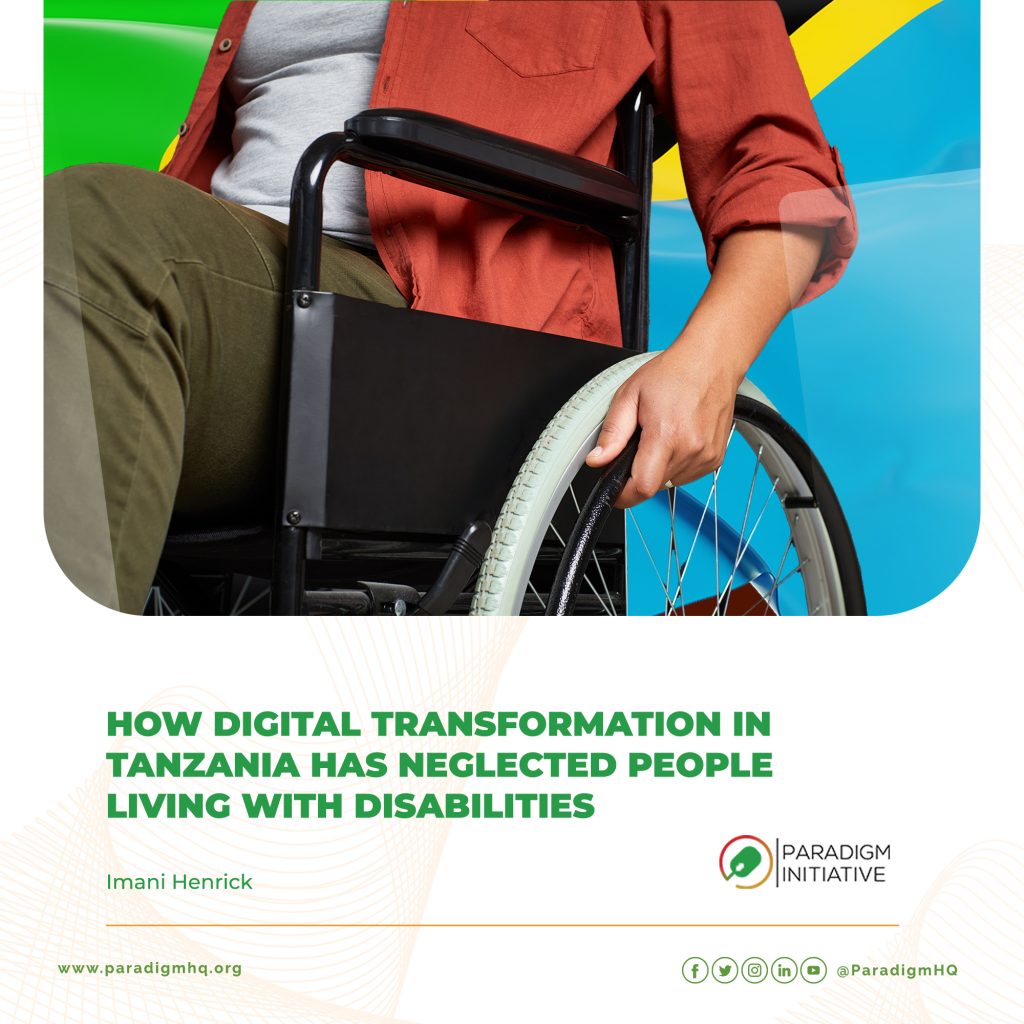Tanzania has recently seen growth in the digital communication sector. The number of internet users has significantly grown to more than 30 million users, in 2020, according to the Country’s Telecommunication Authority (TCRA). With the increase in the number of internet users, so is the amount of internet penetration and national coverage of the 3G network.
Despite the growth of internet usage in Tanzania along with all the positive outcomes it has brought, the inequality in its inclusiveness was one of the main topics highlighted during the three-days workshop called FIFA AFRICA conducted by a non-government organization that advocates for digital rights, Zaina Foundation in collaboration with CIPESA, an organization dealing with ICT Policies in East Africa, from 28th to 30th September 2021 in Dar es Salaam, It was also held online where a number of stakeholders participated.
During a session held by CIPESA and Small Media on the Technology and Disability, the stakeholders discussed the challenges facing people with disabilities in using the technology as well as the need for technologies not to create barriers for people living with disabilities.
One of the key points that indicate a lack of inclusiveness in the digital sector to the people with disabilities includes the absence of telecommunication services that are inclusive to the people with disabilities as well as the high cost of their communication equipment and technology.
It was also identified that many people are not aware of their rights to access to information, especially people with disabilities, who have equal rights to access to information regardless of their physical conditions.
The stakeholders urged the government to take action to promote digital inclusion for people with disabilities and to provide appropriate affordable and accessible technology to aid them to access the means of communication means.
The stakeholders also recommended the use of a bottom-up approach in reaching the targeted group for the purpose of collecting their suggestions which will be used in improving access to information for people with disabilities.
Present in the session were the organizations that advocate for the inclusion of women and youths in the digital space, digital rights, Journalists from different media outlets, and other stakeholders.
By Imani Henrick | Digital Rights and Inclusion Media Fellow


